
This column is written for people who are planning to hold their first live performance, based on my own experiences. This time, I'll be talking about choosing a venue. I hope you find this helpful.
First, Research the Venue
You've been practicing your guitar or piano singing, and you've written a few original songs. When you play them for your friends, they seem to like them. Well, maybe they're just over-enthusiastic because they're friends, but you do want to gather up your courage and perform at a venue where you can show off your skills! Maybe some of you are feeling that way.
But, surprisingly, no one will tell you how to go about doing that.
For example, you can search for “live bars” or “singing and playing live houses” on the internet and you will find some results. First of all, let's look at the websites of various venues to gather information.
I think that most of the information you need will be posted on the website, but you should definitely check the performance requirements and system. In particular, you should check the parts related to costs carefully. If the venue has a quota for the number of customers to gather, and that number does not meet, the performer will have to pay the admission fee (cover charge) for the number of customers who did not show up.
There are also venues where you can perform without having to meet a quota, and you only have to pay the cover charge.
In the case of a solo performance, it seems that the booking system is often used, with 3 to 4 musicians performing for 30 to 40 minutes. Also, depending on the venue, there may be an audition or a screening of sound recordings.
Let's Visit the Venue Once!
Once you've found a venue that looks interesting, it's a good idea to visit the venue and watch a live performance as a customer.
You can get a good idea of the atmosphere of the venue from the live videos on YouTube etc. that the performers upload, but it's still important to go there in person and experience it for yourself. At first, it might be hard to imagine yourself performing there, and you might be intimidated by watching skilled performers up close, but first of all, you should observe various things in order to gather information.
I always did that before deciding whether or not to perform.
Some people may not have the courage to go to a bar they don't know by themselves. But don't worry. It's usually dimly lit, and the performers are the main attraction, so it's unlikely that customers will be noticed. There are also many people who come alone, and I don't think the staff will usually talk to you. Let's go and have fun with a chill face, as if you know the performers.
When you enter the venue, you will usually have to pay an entrance fee and order a drink. If you are asked who you have come to see, you can just say the name of the performer you are most interested in. (This will also help performers to have a better track record for gathering customers.)
Choose a Venue that Suits You
Once you have done your research, it's time to choose the venue for your performance.
Compare the performance conditions you have checked so far, and narrow down your list of potential venues.
You will probably find that the genres, levels, aims and age groups of the performers differ depending on the venue. If it's your first live performance, it might be better to start off at a venue that caters to people who enjoy music as a hobby, rather than a venue that is a gateway for people who are serious about becoming professionals.
Also, when thinking about inviting your friends along, it's a good idea to take into account things like the location, ease of access and the price of admission.
Having said that, I think it's important to go with your gut and choose a venue that you like and feel comfortable in when you visit. In my experience, it's also important to get along with the owner. In any case, it's good to have the feeling that you like the venue and want to help make it a success.
Approaching the Venue
Once you've decided which venue you want to perform at, you can get in touch straight away.
You can call them, but they could be rehearsing or performing at the time, so it would probably be more appropriate to send them a message via email or social media.
Titles like “Live performance booking consultation” or “Live performance booking inquiry” should get them to notice your message straight away. It would be a good idea to include a brief introduction of yourself, the instruments you play, and a sample of your own music in your email. If you have uploaded it to the internet, you can also include the URL. It's fine to be honest and say that you have no experience performing live, but be sure to convey your enthusiasm and passion for singing at that venue.
Also, it's a good idea to take this opportunity to ask about anything you couldn't know via the website.
Furthermore, if you let them know in advance what time of day or day of the week you would like to perform, it will make it easier for them to organize their schedule.
It goes without saying that you should approach the venue with courtesy and manners.
Try Your Skills Out at an Open Mic Event
Performing at a live event where you have 30 to 40 minutes to perform may be a bit daunting for beginners. In that case, we recommend trying out your skills at an open mic event, which is held at various venues these days.
This is an event where several people who want to perform can get on stage for around 10 minutes each, and it's not only a great way to experience a mini-live performance at a reasonable price, but it's also a great way to meet other people who share your interests. And above all, if the venue you want to perform at is holding an open mic night, it's the best way to get a taste of what a live booking is like.
Once you have decided on a live date by following these steps, you can start thinking about the order of the songs, and then just keep practicing and preparing for the actual performance.
At the same time, you will also need to think about how to attract an audience. But first of all, it is important to have the right mindset to enjoy the actual performance, including the preparations for your first live performance. And as you perform at a number of different venues, you may find that you end up with a regular venue that you feel at home in. We hope that your memorable first live performance will be a wonderful experience for you.
*If you are performing with a piano, you will most likely be playing on the 88-key electronic piano that is usually installed in the venue, but if you want to practice casually at home or when you are out and about, a 61-key keyboard should be sufficient. The Casio Tone CT-S400, which I also use, is compact and stylish, and is one that I recommend.
Also recommended
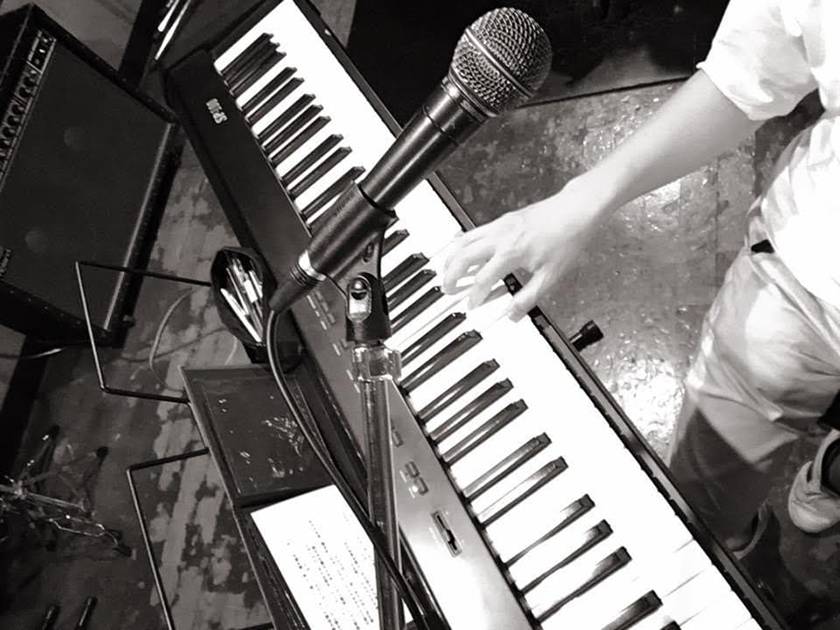
The “sound & person” column is made up of contributions from you.
For details about contributing, click here.





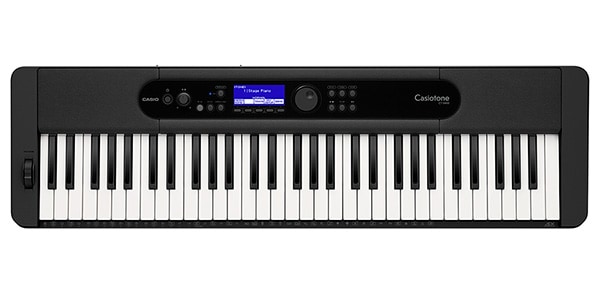
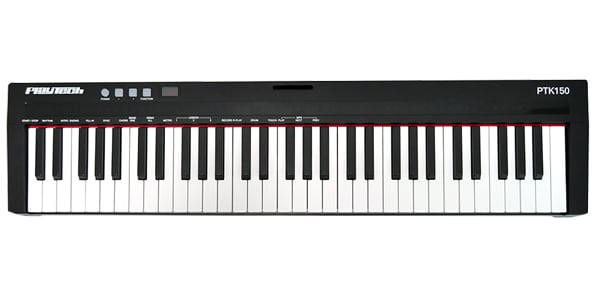








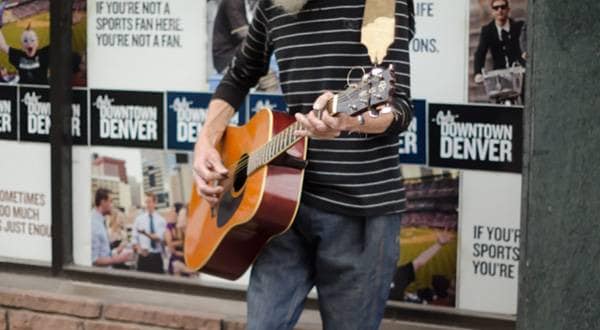
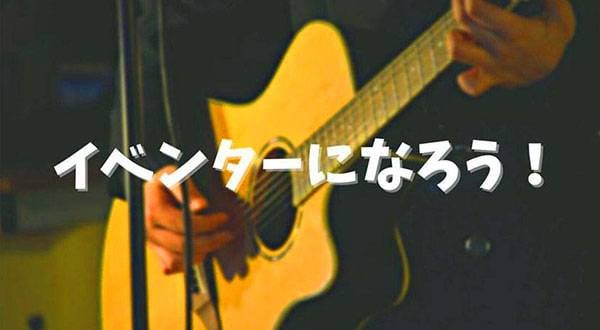

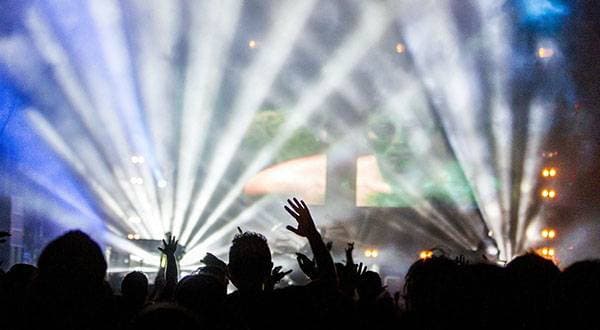
![[What is a good posture to improve live performance?] Things guitarists should know about their body](/contents/uploads/thumbs/5/2020/1/20200118_5_8980_1.jpg)

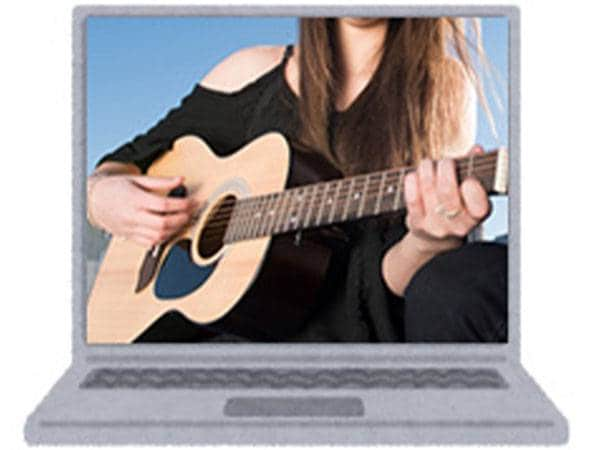 ライブ配信に必要な機材
ライブ配信に必要な機材
 ライブ配信に必要な機材を徹底解説 オンラインライブの創り方
ライブ配信に必要な機材を徹底解説 オンラインライブの創り方
 キャリーカート・台車・キャスター特集
キャリーカート・台車・キャスター特集
 配信・ポッドキャスト特集!(ライブ/動画/ゲーム実況)
配信・ポッドキャスト特集!(ライブ/動画/ゲーム実況)
 みんなでつくる 新・音楽用語事典
みんなでつくる 新・音楽用語事典
 ライブをしよう!
ライブをしよう!















